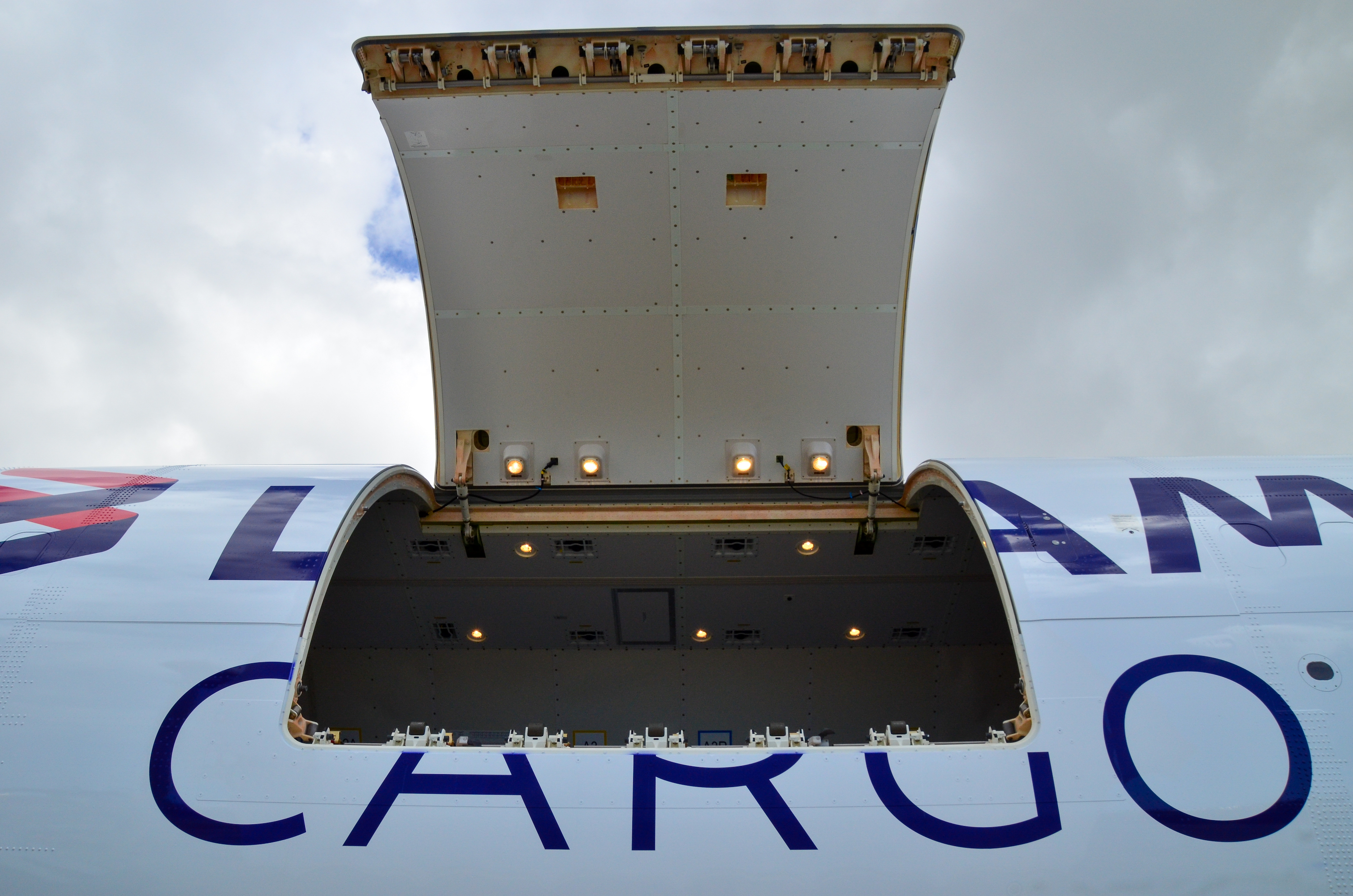Log-in here if you’re already a subscriber
The business of aviation exists primarily to connect people across long distances. It is no wonder, then, that the arrival of an affliction made worse by moving people long distances in confined spaces had a material impact on air travel.
At a time when people could no longer travel due to the spread of infection, the silver lining came from the business of moving non-infectious payloads. Since the pandemic’s start, air cargo has been a bright spot for the industry, producing strong yields and higher demand as the world’s attention — and spending — switched dramatically from services to goods.
Related: Amazon is building an empire in the sky, but it’s no FedEx or UPS
Yet, despite the continuing air cargo boom, signs of a slowing freight market are emerging. From normalizing U.S. GDP trends, to resurgent passenger belly capacity on twin-aisle aircraft, to rolling deepwater port gridlock, the air freight industry continues in a pandemic-driven market – the ripples of which are still being felt.
In this TAC Analysis, we dive into the underlying trends driving air cargo demand and how they have continued to change since the onset of COVID-19. As passenger demand continues its slow return to normal, so does demand for air cargo, representing a significant cooling back to the long-term trend.
Subscribe to continue reading...
Subscribe to Continue Reading
Our award-winning aerospace reporting combines the highest standards of journalism with the level of technical detail and rigor expected by a sophisticated industry audience.
- Exclusive reporting and analysis on the strategy and technology of flying
- Full access to our archive of industry intelligence
- We respect your time; everything we publish earns your attention


